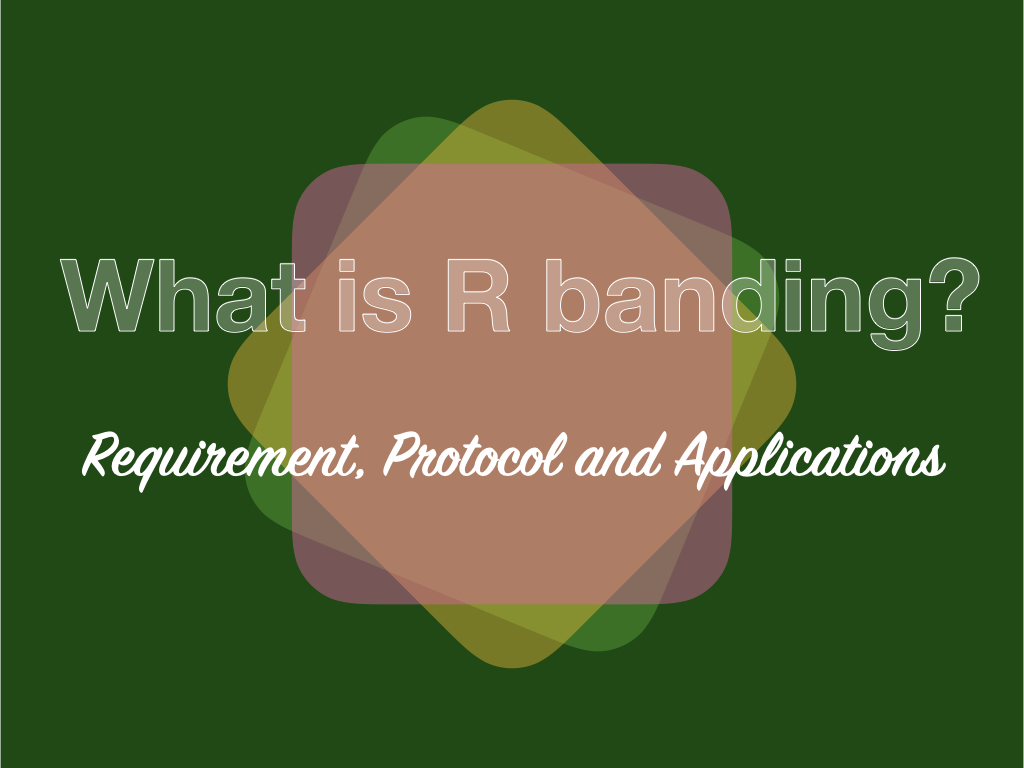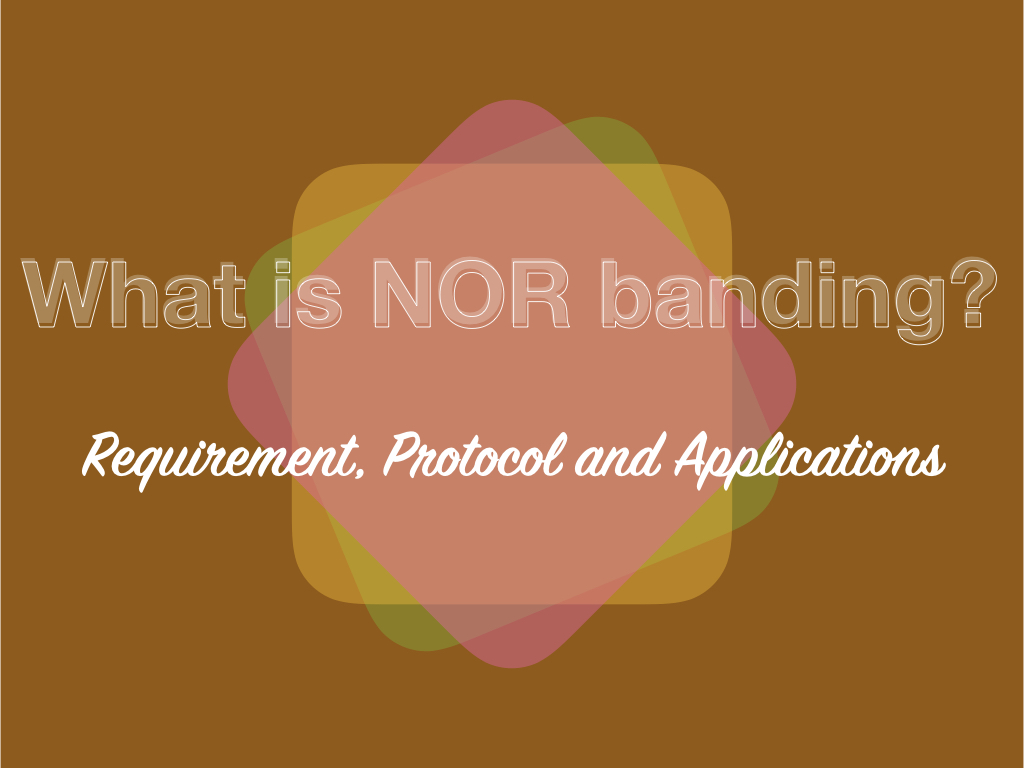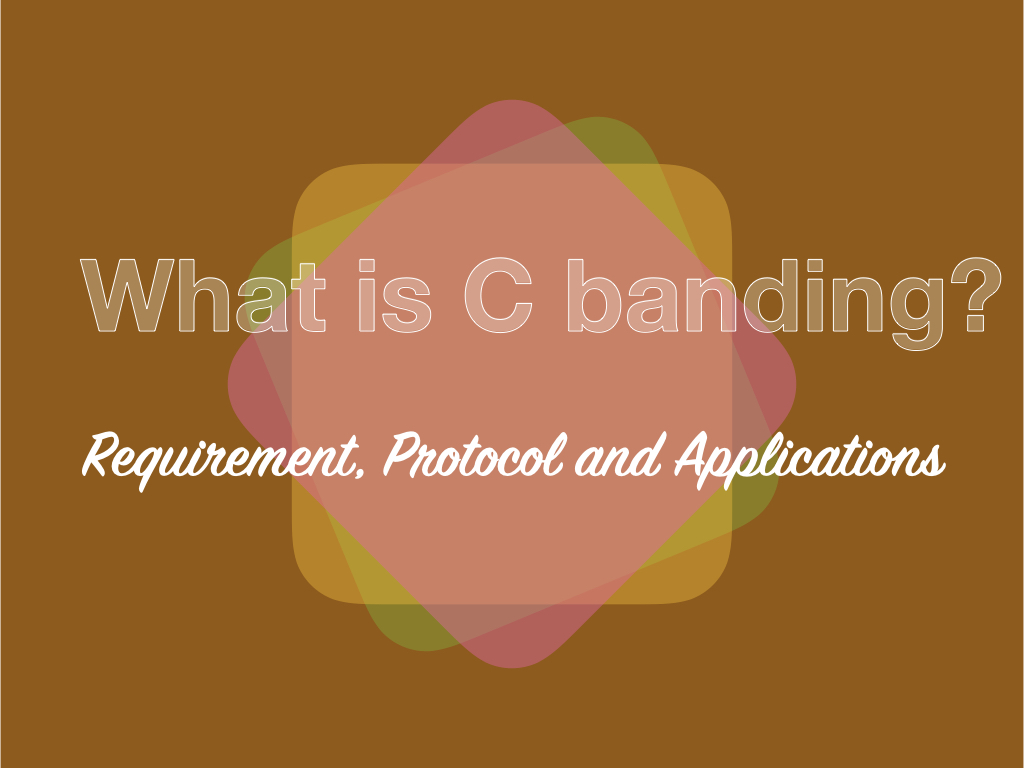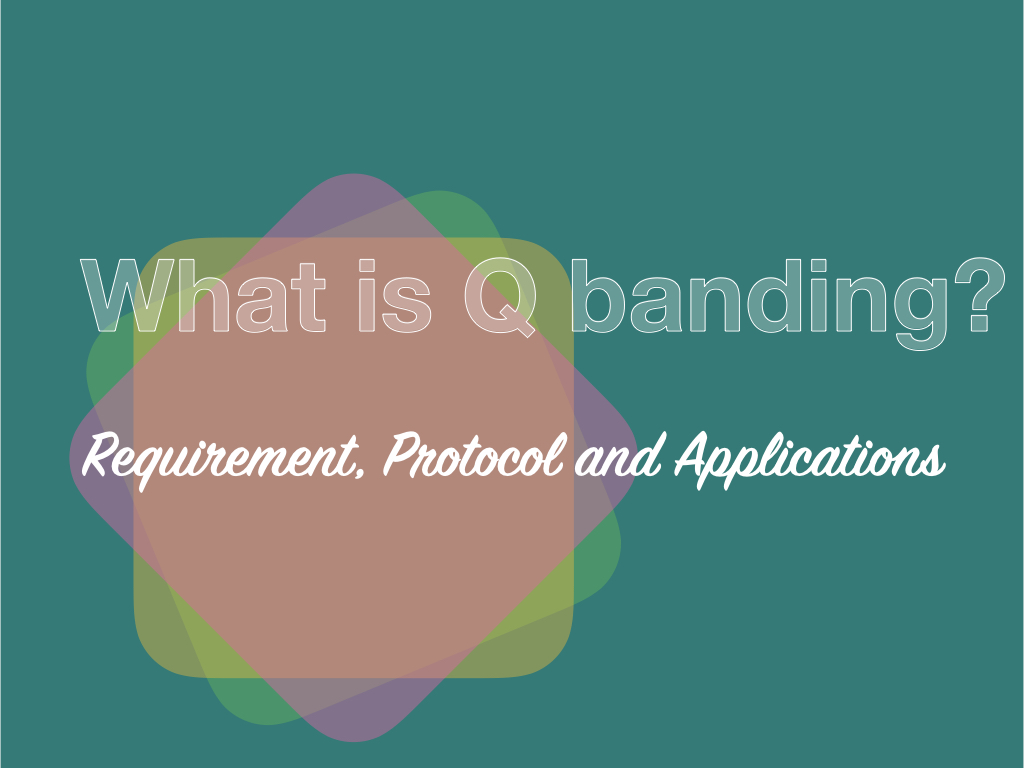What is R banding?- Principle, Requirements, Process, Protocol and Applications
The R banding is reverse banding or reverse Giemsa banding used to stain the regions of GC, a complement to G bands. We are exploring varied chromosome banding techniques that are used for various clinical investigations and other applications. So far we have discussed, GTG banding, FQF banding, C banding, NOR banding and T banding. […]
What is R banding?- Principle, Requirements, Process, Protocol and Applications Read More »






